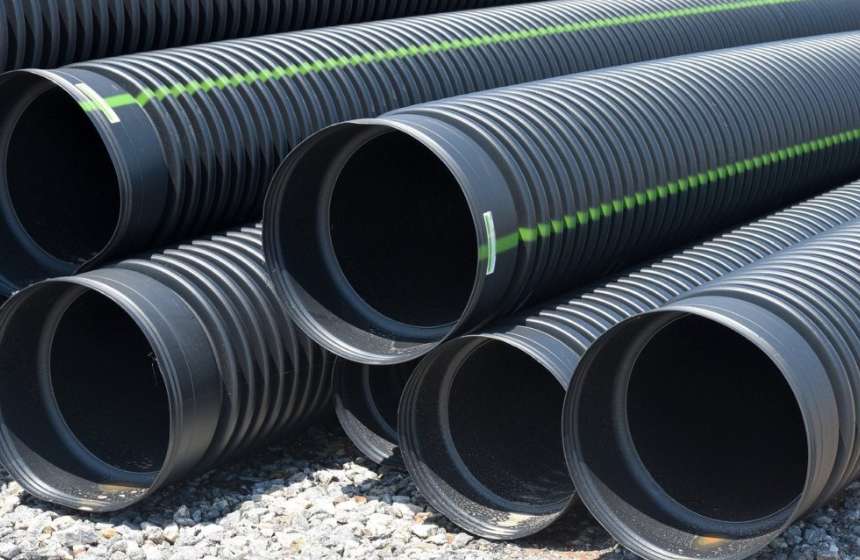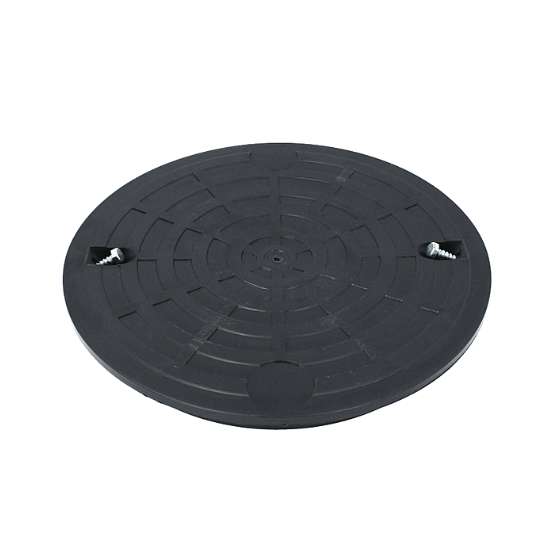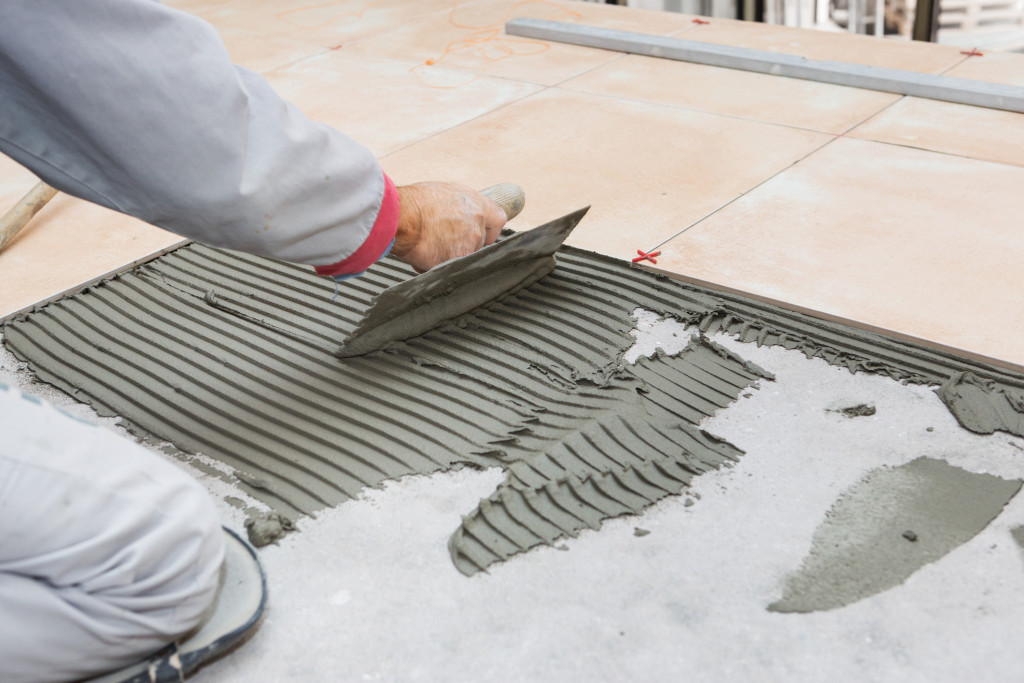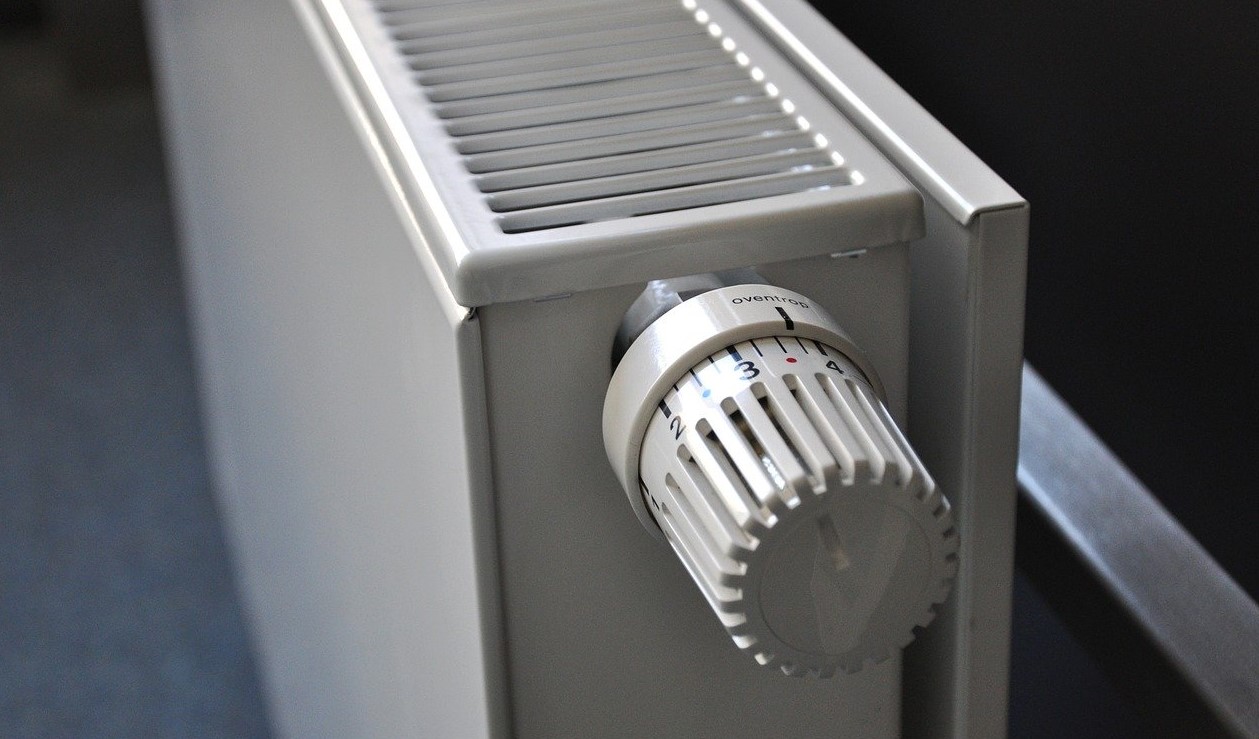Sewage system - what materials are needed for its creation?
Building a sewage system is a serious endeavour. For this reason, before you start any works, make sure you get the best materials. The market offers many types of pipes made of different materials. None of them is the best. When choosing one, it is good to consider several aspects.

The most important parameters of the sewage system materials
Domestic sewage system, like in any other building, is supposed to work properly for a really long time. To make sure it happens, pay attention to certain characteristics of the materials used for the system.
The most important ones are:
- Durability - in many European countries, sewage system is assumed to work without malfunction for 200 years at least. It seems long, however, considering Roman sewers - functional for 2000 years, one might change attitude to the matter. The higher-quality material - the longer the sewage system is going to work.
- Leakproofness - the pipes cannot let through neither water from the outside, nor the waste from the inside. Not only the material of the pipes, but also the sealing must be highly durable.
- Corrosion-resistance - substances flowing in the system might be caustic, therefore, the internal walls of the sewage cannot react with them and they must be resistant against the chemicals.
- Abrasibility - as the drainage system is being used, the bottom gets wore down, which might affect the flow. For this reason, the thickness loss must be carefully calculated for a given period of use.
- Resistance to water hammer - that is, scouring of the material under high pressure. This factor is connected to the material’s resistance to abrasion.
- Walls roughness - it determines the degree of sedimentation of particles, especially for lines of a low slope. Both initial roughness and its level after a certain time needs to be calculated. For cast iron pipes, the phenomenon of incrustation increases this factor. It is quite different in concrete pipes as well.
What is a sewage system made of?
There are several types of material one can use to build a sewage system. They differ in properties, durability and resistance to chemicals. Depending on the particular destination, one might use various materials which will create the lines.
The most common materials for sewer pipes are:
- PVC - elements made from this material have low roughness levels and good hydraulic properties. Their characteristic feature is resistance to chemicals and corrosion. They are lightweight and easy to install - they can be connected with glue. PVC pipes are, however, vulnerable to low temperatures. If the temperature drops below 0°C, they might start to crumble.
- HDPE - polythene connections are resistant to mechanical damage and chemicals. They do not lose their properties in high nor low temperatures - they can endure from -40 to 80°C. The pieces are connected with each other by welding.
- Cast iron - pipes of this type can be used for outlets and outside sewage system elements. Cast iron is nonflammable and resistant to high temperatures. The elements are connected with steel clamping rings with rubber seals. Because such pipelines are heavy and difficult to install, they are used less frequently.
- Stoneware - pipes made of this material are smooth on the inside and they do not react with chemicals. But because they are prone to mechanical damage, it is not a common choice.
- Concrete - it is used for external sewage system. Concrete connections are resistant to aggressive substances and sudden temperature changes. If they are used, the ground cannot be corrosive. Concrete pipes are heavy and highly resistant to water hammer.
Plastic materials are the most commonly chosen - because of their low weight and price, and the easy installation. The drawback of plastic pipes is their lack of resistance to fire, however the mentioned advantages decide their choice anyway.
Cast iron is an increasingly popular material as well. The elements made of it are exceptionally durable and incombustible. In addition, a cast iron sewer system is remarkably quiet.
What to keep in mind when constructing a sewage system?
When designing a sewage system, remember about the proper pipes diameter. Elements used in domestic systems are typically 5, 7.5, 10 and 15 cm wide. The location of sewer pipelines is an important aspect - they mustn’t be placed under a gas or electric system lines. Horizontal pipes cannot be located on hard, inflexible grounds.
When installing pipes made of plastic material, one has to keep the thermal expansion in mind, as they elongate under heat. The system should be constructed according to the manufacturer’s recommendations.
Choosing the right materials is a key issue when building a drainage system. They determine the durability of the whole construction. Because of this, one should think about what type of pipes to choose right at the stage of designing the system. Good quality materials and professional installation guarantee a reliable drainage system.





